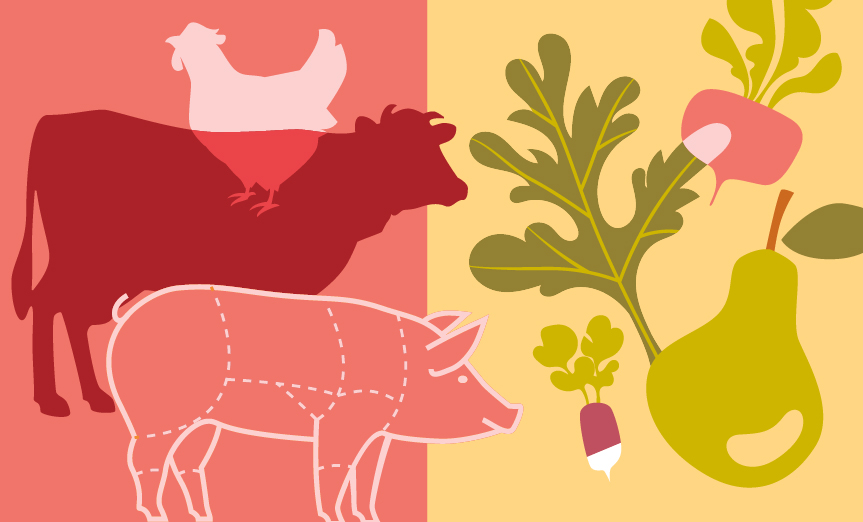48 hours in Passy
Paris - Île-de-France/2022

© Louise Allavoine - Paris Musees
An upscale enclave of the 16th arrondissement, Passy is no longer a cliché neighborhood. Charming addresses give it a certain village spirit. Beneath the cobblestones, another story is being written.
"Auteuil, Neuilly, Passy c'est pas du gâteau / Auteuil, Neuilly, Passy, such is our ghetto..." Who hasn't hummed the Inconnus hit from the 1990s? Wearing silk scarves and green loden jackets, these preppy rappers rhythmically chanted "Y en a marre du Fauchon, du Hédiard, du saumon, du caviar" (I'm fed up with Fauchon, Hédiard, salmon and caviar) with their caustic humor. In 2007, rap group Passymal (a pretty good band, by the way) took to the mike with their "rapodie" flow, mocking and "as hardcore as a Givenchy out-of-stock situation", as three lascars laid out their problems as kids from the 16th arrondissement. A dazzling and ephemeral success on the Internet... and a publicity coup for the neighborhood that would have made any tourist office happy. Passy could have done without it. This part of the 16th arrondissement, wedged between the Trocadéro and the Maison de la Radio, the Seine and the Bois de Boulogne, likes to keep a low profile. Chic and fashionable, bling-bling on rare occasions, good families hand down apartments and buildings from generation to generation. Foreigners invest here, just a stone's throw from the Eiffel Tower, with prices per square metre ranging from €11,500 to €14,500, rising to €20,000 for exceptional properties. Good schools (among the best in Paris), plenty of green spaces and the A13 within easy reach for weekends in Normandy... Real estate agents don't have to argue much. Add to this the Marmottan Monet museum and Le Ranelagh theater, and the Art Nouveau buildings for those who like to walk with their nose in the air. Not forgetting the ghosts of the past, from Rossini to René Goscinny.
Passy is also the promise of a quiet, socially homogeneous, social milieu that gives it all its veneer. But not so fast! Thérèse and her headband-brushing are a thing of the past! Her children have grown up and crossed the oceans - or simply the Seine, another world - before returning to mom and dad. This generation of bobos is keen to discover new, flourishing addresses. Passy is buzzing, and boredom is no longer just around the corner. -The Hotel Brach, decorated by Philippe Starck, is part of this movement.
Of course, the Rue de Passy remains the commercial backbone. On Saturdays, its sidewalks are crowded with bags of big-name brands, as you chat with your neighbors in a salon setting. Rue de -L'Annonciation, meanwhile, is dedicated to the food trade. Which leads us to Balzac, writing in Physiologie du mariage: "Most men wander around Paris as they eat, as they live, without thinking about it... Oh! to wander around Paris! adorable and delicious existence! Flâner is a science, the gastronomy of the eye. To wander is to vegetate; to stroll is to live..." Let's stroll right up to his door, or rather that of M. de Breugnol - his assumed name, it is said, to avoid his creditors. At 47, rue Raynouard (entrance at 49) stands the Maison de Balzac museum, with its charming green shutters and slate roof. Renovated just before the pandemic, it exudes a country air thanks to landscape gardener Rémi Algis, who redesigned the garden. Amid the wild grasses and facing the Eiffel Tower, the lemonade in the Rose Bakery tea room gives the illusion of drinking with Balzac between two chapters of La Comédie humaine - which he wrote in his red-cloth-wrapped studio.
Here, Passy invites you to take your time. You can breathe in the atmosphere of bygone days, when Passy was just a hillside village. Pretty estates flourished here, surrounded by parks and terraced gardens. Wealthy Parisians came here to enjoy the healthy air and treat themselves to cures in the local waters, which were considered to have therapeutic properties. Annexed to the capital in 1860, the village slowly disappeared. Pockets have survived. At the end of a staircase flanked by Doisneau-style lampposts, rue Berton winds its way between high walls. Behind one of them, the former mansion of the Princesse de Lamballe, a friend of Queen Marie-Antoinette and today the headquarters of the Turkish Embassy.
The surprises continue. We thought the neighborhood was stuffy and serious. We're discovering a certain sense of irony. Where else could you find a wine museum on the corner of Rue des Eaux? Better known to foreign tourists than to Parisians, this museum displays nearly 2,000 objects related to winegrowing under astonishing vaulted ceilings. This is because it has taken over the former 14th-century coarse-grained limestone quarries that supplied Paris with dimension stone - notably for building bridges. These 7 km-long galleries, running alongside the Seine, also served in part as the monks' cellars. The monks harvested vines on the Trocadéro hill. Not so wise, Passy! After all, all those liters were drunk. Far from being a long, quiet river, Passy invites you to reconsider the clichés that are often attributed to it. And perhaps, for once, to put some water in your wine.

Open

Open

Open


Open
Food products, kitchen equipment, tableware, service solutions...
See the full list of partners who place their trust in Gault&Millau
All our partners
Become
a Partner
LEARN MORE




























































